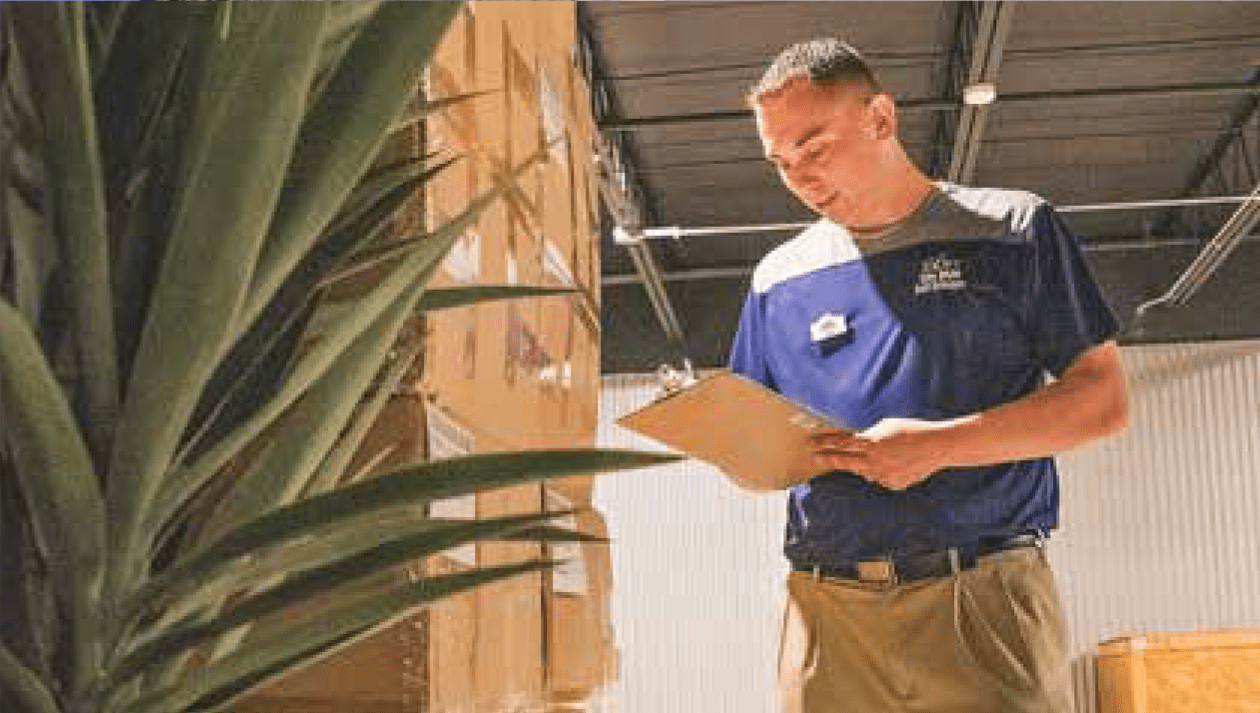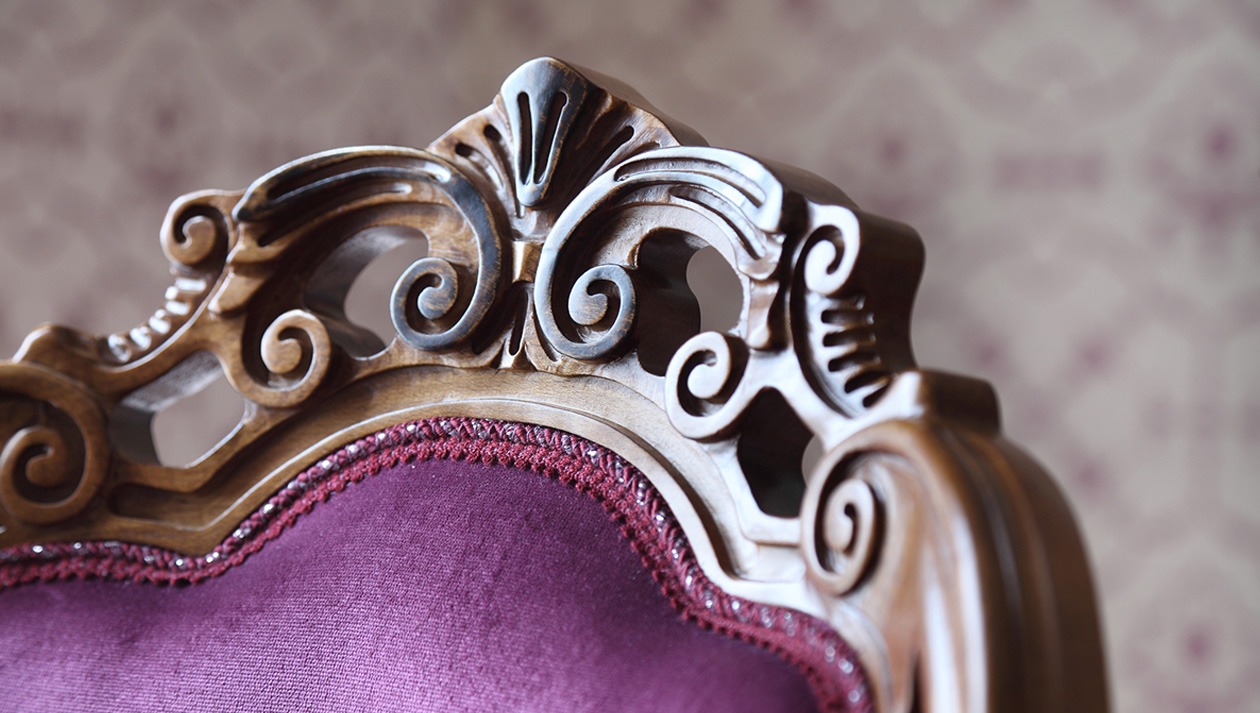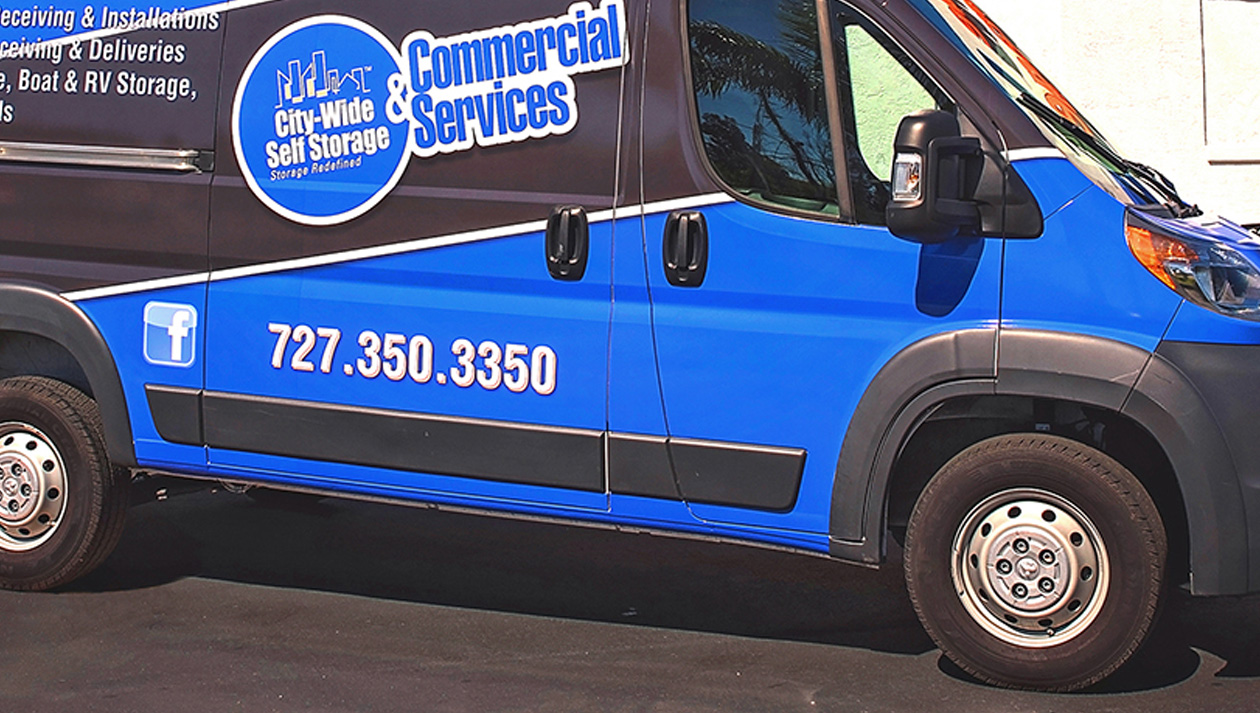Designer Receiver
How to Find a Professional Receiver
How to Find a Professional Receiver
No day is more important for an interior designer than the day of the “big reveal.” It’s the culmination of late nights, long hours, incredible stress and the pressure to deliver – or exceed – expectations.
While interior designers obsess over every detail in the design process, the outcome is in someone else’s hands. Those hands are of the Designer Receiver who can make or break the success of an installation, and polish or tarnish a designer’s reputation.
At City-Wide Commercial Services, we take our role as a Designer Receiver very seriously. From receiving, return processing and warehousing, to communications, transportation and installations, we uphold the highest standards of professionalism. That’s because we view ourselves as part of an interior designer’s business model.
So, how do you select the best Designer Receiver? Here are seven steps to take, to help you make that determination:

Assess the cleanliness of the facility, meet the team, meet the business owner, if possible, and see how the Designer Receiver operates. Does the staff wear uniforms? Are they presentable? Does everyone seem friendly and transparent about how they do business? Is the warehouse organized? It’s true that first impressions are everything, and if you like what you see, enquire about business protocol.


Organizational management is everything, so inquire about the receiving process. Who receives a delivery? Is the Bill of Lading (BOL) verified, and what is done about missing items? What about returns? How quickly are items inspected, and can the Designer Receiver process that return within 24 hours? When and how often are deliveries communicated to the design firm? And can a designer or client procure an item on-demand, if necessary? Asking each of these questions is paramount to find out if you will have a seamless working relationship.


Where do the tractor trailers make their deliveries? Is there a wheel well? Loading docks? And what about heavy items such as a 600-pound crated bathtub? Does the Designer Receiver have a fork lift, and is the team certified to use it? Is the team experienced with receiving, and what professional experience do they have?


Vintage artwork, antiques and collectibles, leathers, electronics and exotic woods all require climate control. Does the Designer Receiver have climate-controlled storage? If so, what does this storage area look like, and can you get access to it yourself, if necessary?


Receiving, warehousing, inventory management and installations are hugely time and labor-intensive, and much of the work is “behind the scenes.” Unloading freight can take hours, if your merchandise is at the front of a fully-loaded tractor trailer. Or, if your merchandise is for a hotel or restaurant. No matter, you should know what you’re paying for. Pricing models are as varied as finishes, so ask how the designer receiver bills their time (i.e., by hour, by project, by space requirements, by truck load, etc.). Ask for a rate sheet, and determine if you have options (i.e., inspect, rewrap and store select times vs. an entire order).


Interior designers offer a luxury service, so your Designer Receiver should offer a commensurate aesthetic. Does the Designer Receiver own their delivery vehicles? What do they look like? Are they branded or wrapped? Clean, both inside and out? And do they have different size vehicles for small and large installations?


Where do the tractor trailers make their deliveries? Is there a wheel well? Loading docks? And what about heavy items such as a 600-pound crated bathtub? Does the Designer Receiver have a fork lift, and is the team certified to use it? Is the team experienced with receiving, and what professional experience do they have?

Call us today, and find out how we can help you run a more efficient design business.
727.350.3350